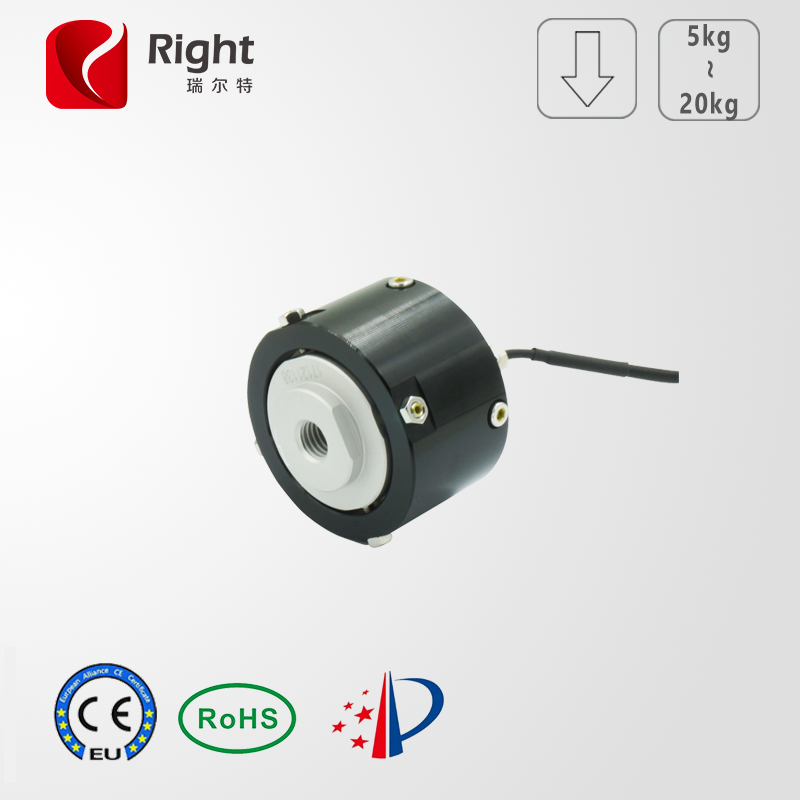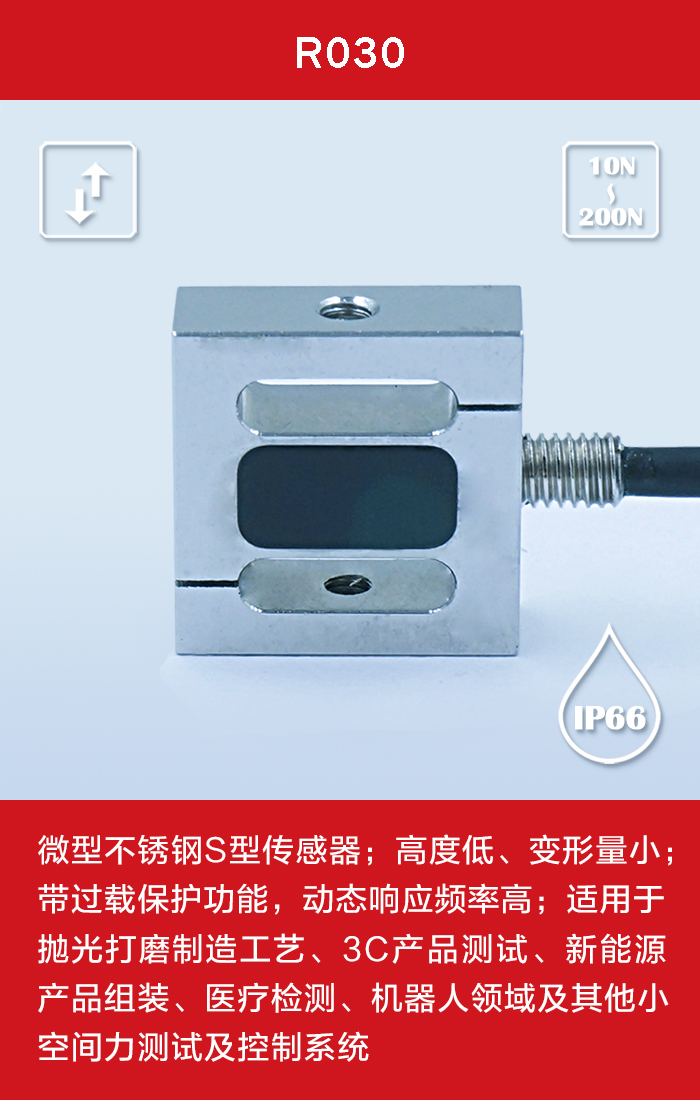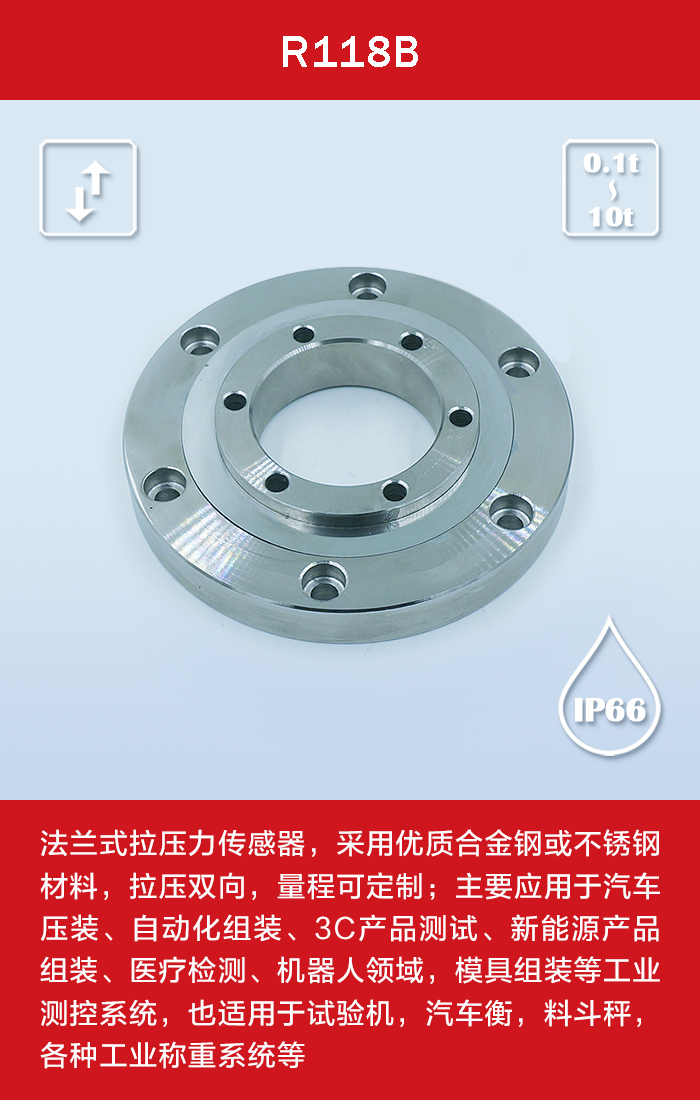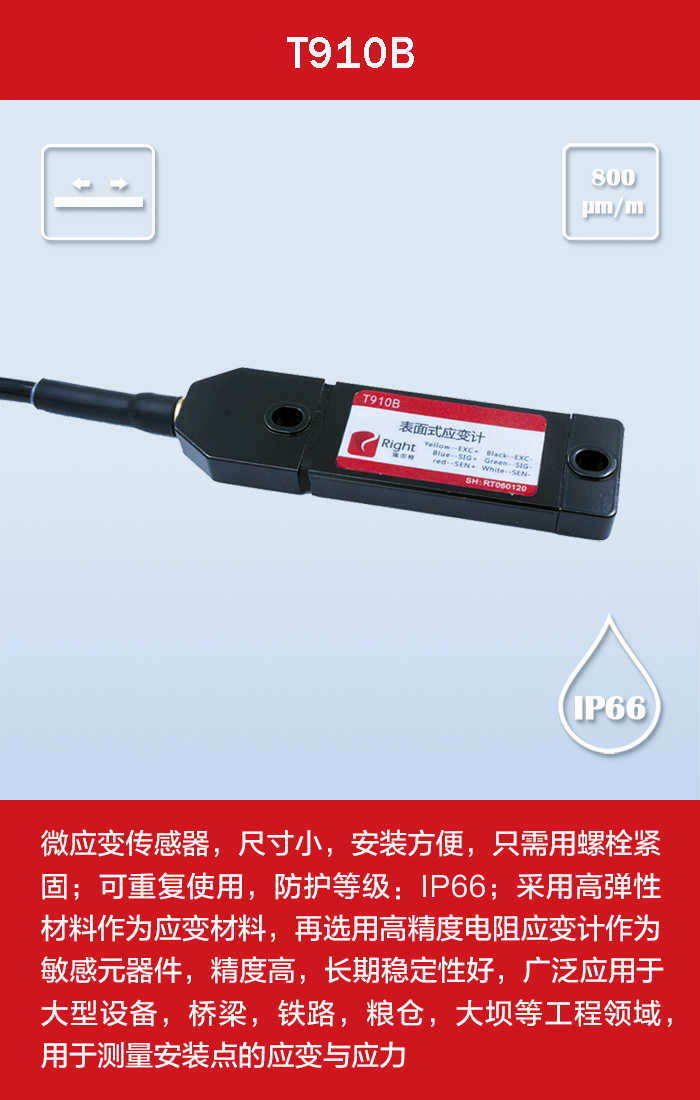NEWS
Focus on Right, share the wonderful moments of enterprises and exhibitions, popularize product technical knowledge, and answer frequently asked questions
News Center
What do I need to pay attention to when using force measurement sensors?
- Categories:Technical knowledge
- Time of issue:2020-06-29 14:33
(Summary description)Force transducers consist of one or more elastomers that produce a deformation after a force is applied, a bridge circuit (such as a Wheatstone bridge) consisting of resistive strain gauges that sense this deformation, an adhesive that holds the resistive strain gauges to the elastomer and conducts the strain, and a sealant that protects the electronic circuit.
What do I need to pay attention to when using force measurement sensors?
(Summary description)Force transducers consist of one or more elastomers that produce a deformation after a force is applied, a bridge circuit (such as a Wheatstone bridge) consisting of resistive strain gauges that sense this deformation, an adhesive that holds the resistive strain gauges to the elastomer and conducts the strain, and a sealant that protects the electronic circuit.
- Categories:Technical knowledge
- Time of issue:2020-06-29 14:33
- Views:
Force transducers consist of one or more elastomers that produce a deformation after a force is applied, a bridge circuit (such as a Wheatstone bridge) consisting of resistive strain gauges that sense this deformation, an adhesive that holds the resistive strain gauges to the elastomer and conducts the strain, and a sealant that protects the electronic circuit.
Force transducers are widely used in modern science and technology industries. The resistance-strain transducers themselves are sturdy, durable and stable mechanical and electrical products, but there are many issues that need attention in their use in order to ensure testing accuracy, what do you need to pay attention to when using force transducers? Here is a look with the editor.
1. should be installed around the force sensor as far as possible "baffle", and use a thin metal plate to cover the force sensor. This will prevent debris from soiling the force sensor and some moving parts, these "pollution" often make the movement of the movable part of the unpleasant, and affect the accuracy of measurement.
2. The force sensor should be hinged to form an electrical bypass (cross-sectional area of about 50 mm2) to protect it from welding currents or the risk of lightning strikes. The force measuring sensor should be protected from strong thermal radiation, especially on one side.
3. Prepare the electrical connections, e.g. by not placing the signal lines of the force transducer, the strong power supply lines or the control cables in parallel (e.g. by not arranging the force transducer signal lines and the strong power supply and control cables in the same duct). If parallel placement is necessary, keep the signal lines above 50 cm and wrap them in metal conduit.
4. Use structural accessories with automatic positioning (reset) function, such as ball bearings, joint bearings, positioning clamps, etc.
5. Handle easily. Especially small capacity sensors with elastomers made of alloy aluminum can cause significant damage to impact, drop, and measurement performance.
6. Force measurement sensors have a certain overload function, but it is still necessary to prevent the sensor from being overloaded during the installation of the force measurement system.
Scan the QR code to read on your phone
- Related Reading
Follow us for more information
-
 【 Official WeChat 】
【 Official WeChat 】
-
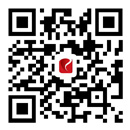 【 Mobile Website 】
【 Mobile Website 】
Tel: 400-8067-299
- Service Hotline 400-8067-299
- Service Mailbox right@ritcl.com
- Pre-sales Advice 189 2107 0677
 Follow Right
Follow Right


